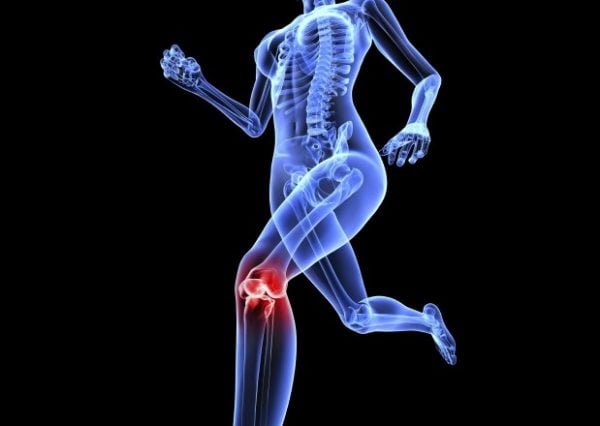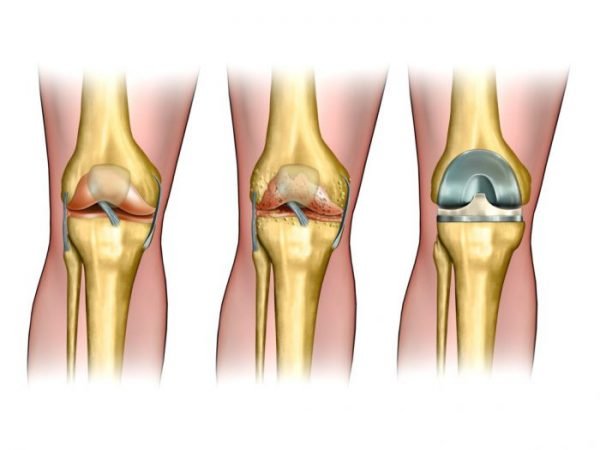ABOUT KNEE LIGAMENT SURGERY (ACL)
Knee ligament surgery (ACL) is performed to repair a torn anterior cruciate ligament (ACL). The ACL is a ligament in the knee which provides stability to the knee, by connecting the shin and thigh bones at the joint in the knee.
ACL injury is one of the most common sports injuries. It commonly occurs during sports such as football or skiing. It can tear as a result of sudden movements and once damaged, it can make it difficult to continue playing sports.
Many patients who are not very active may choose not to undergo surgery if the tear is not extreme and symptoms are not impacting daily life. However surgery is recommended for active patients or in cases where the tear is affecting the quality of life. Patients should note that choosing not to undergo surgery to repair the tear can occasionally result in further damage to the knee. Age, lifestyle, and the stability of the knee are important factors which should be taken into consideration when deciding on whether or not to have surgery.
The surgery can be performed as open surgery or as a minimally invasive surgery, using an arthroscope.
Recommended for
- Repairing partially torn or fully torn anterior cruciate ligament
TIME REQUIREMENTS
- Number of days in hospital: 1.
Overnight stay not required.
- Average length of stay abroad: 1 weeks.
After ACL surgery, patients will need to be cleared for flying by the surgeon. The patient will need follow up physical therapy afterwards, however this can be arranged closer to home.
- Number of trips abroad needed: 1.
The surgery requires 1 trip abroad, however patients should stay for a long period to receive physical therapy, or arrange physical therapy back home afterwards.

COMPARE KNEE LIGAMENT SURGERY (ACL) PRICES AROUND THE WORLD
| Country | Cost |
|---|---|
| United Arab Emirates | 8075€ |
| Thailand | 5937€ |
| Turkey | 4845€ |
| Croatia | 3490€ |
| Mexico | 3470€ |
| Poland | 2813€ |
| Spain | 2352€ |
HOW TO FIND QUALITY TREATMENT ABROAD
BEFORE KNEE LIGAMENT SURGERY (ACL) ABROAD
Patients will usually have a consultation with an orthopedic surgeon to discuss the surgery and ensure they are suitable a candidate for undergoing surgery.
Surgery is usually postponed until at least a few weeks after the initial injury, in order to allow muscles to strengthen. In some cases physical therapy is recommend before the surgery to strengthen muscles which will help with the recovery process after the surgery.
Ahead of the surgery, the doctor will take X-ray images of the knee and in some cases a CT (computed tomography) scan may also be taken.
Patients will usually be administered with a general anesthetic before the surgery begins, therefore patients are advised to refrain from eating and drinking in the hours preceding the surgery.
It is advisable to arrange for a friend or family member to help during the recovery process, as it will be difficult to move in the first 2 weeks after the surgery.
HOW IS IT PERFORMED
Patients will be administered with a general anesthetic before the surgery begins. While the surgery can be performed as open surgery or arthroscopically, arthroscopic surgery is the preferred method, as it is minimally invasive and has a quicker recovery time.
The surgeon will begin by making small incisions in the knee and insert an arthroscope through the incision to examine the damage to the ACL. The arthroscope is a thin and flexible tube which is fitted with a light and a camera, which transmits images to a computer monitored by the surgeon. If there is surrounding damage to the knee, the surgeon can attach small instruments to the arthroscope to make minor repairs.
Once the ACL is torn, the surgeon will take a graft of tissue from elsewhere in the body, usually from the tendons in the hamstring or tendons from the knee cap, to make the repair. In some cases donor tissue may be used to make the repair or a synthetic graft may be used.
The surgeon will then remove the damaged ligament using tools attached to the arthroscope and will replace the ligament with the graft, securing it into place with screws or staples. The movement of the knee is then tested by the surgeon, ensuring that the knee has a full range of motion. The incision site is then closed with sutures and the wound is dressed.
Anesthesia
General anesthetic.
Procedure duration
The Knee Ligament Surgery (ACL) takes 1 to 2 hours.

WHAT TO EXPECT AFTER KNEE LIGAMENT SURGERY (ACL)
Post procedure care
After the surgery, the knee will be sore and swollen and a fixed leg brace is to be worn for up to 2 weeks after the surgery to restrict movement.
The incision site should be kept clean and dry and the doctor will usually prescribe pain medication to manage post surgery pain. Once the knee begins to heal, patients will be fitted with an additional leg brace which will allow movement and help the patient to walk.
Patients will need to have physical therapy after the surgery to build the strength in the knee and stabilize it. This is usually necessary for 4 to 6 months post surgery. Apart from physical therapy, patients should not perform any other exercise for the first 3 months after surgery.
Possible discomfort
The patient is likely to be lethargic for several days after surgery as well as suffering with a swelling on the treated leg.
IMPORTANT THINGS TO KNOW ABOUT KNEE LIGAMENT SURGERY (ACL)
Not recommended for
- Patients with a tear in the ACL and no symptoms of knee instability may be advised to try non-surgical treatment
- Surgery may not be recommended for older patients or patients in poor health
Potential risks
- Numbness
- Infection
- Damage to surrounding structures
- Blood clots
- Knee pain















